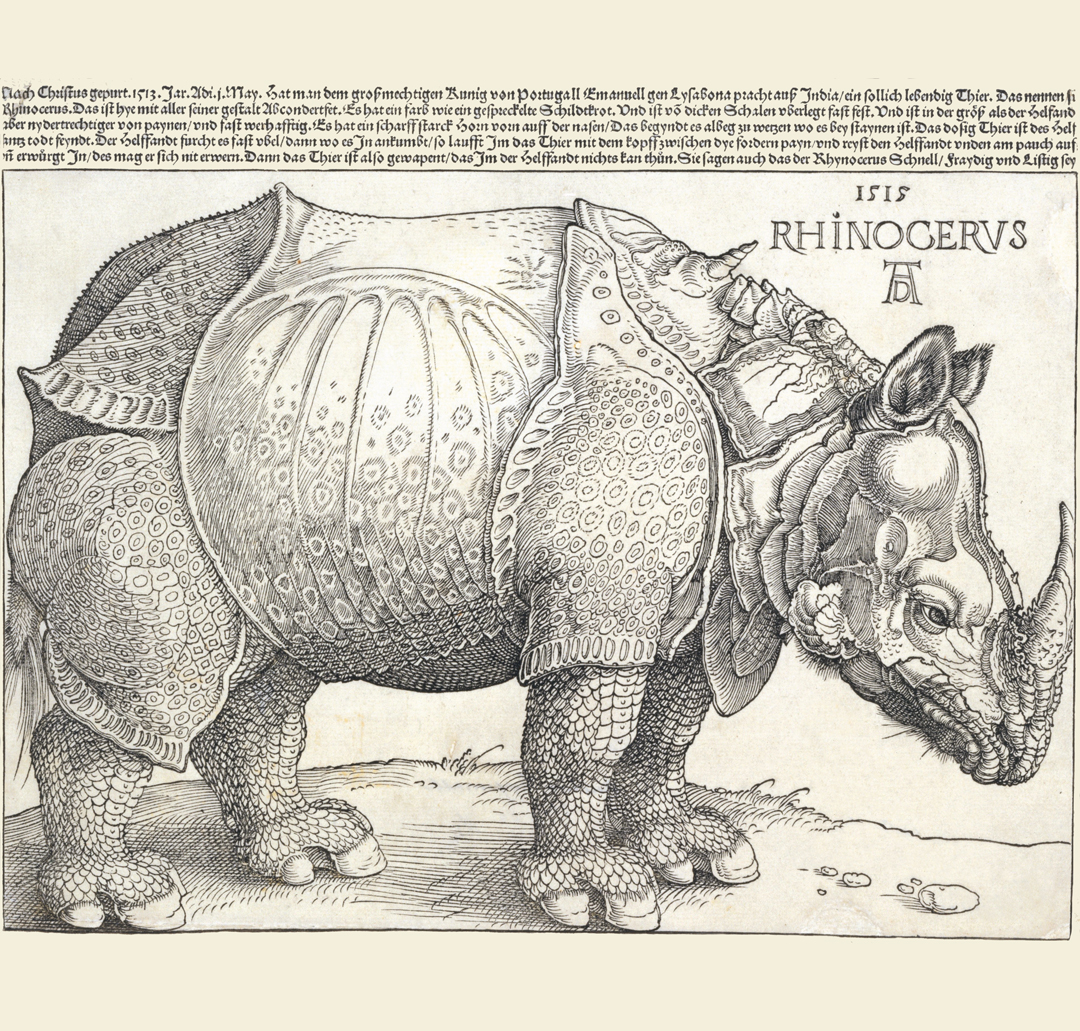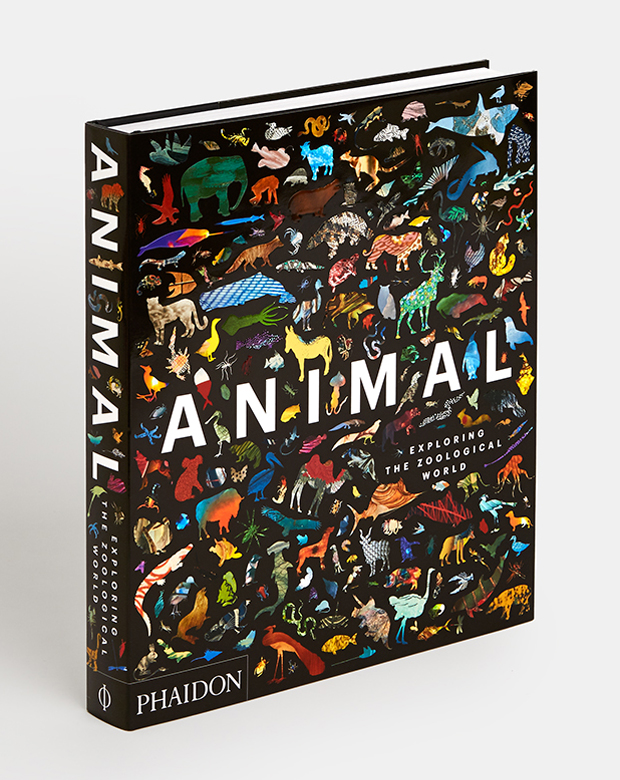
Astonishing Animals - The Rhinoceros
Around 5,000 copies of this iconic image were sold during the artist Dürer’s lifetime, making it one of the earliest mass-produced images - but why was the likeness incorrect and how did the unfortunate animal meet its end?
This fantastical 1515 woodcut of an Indian rhinoceros by the German artist Albrecht Dürer is probably the most influential and enduring animal print of early modern Europe. It is estimated that 4,000 to 5,000 copies of the iconic image were sold during Dürer’s lifetime, making this one of the earliest mass-produced images on the continent. Part of its appeal came from public curiosity about the exotic and unknown. Before this time, no live rhinoceros had been seen in Europe for over 1,000 years. When the bizarre beast arrived by sea from India in Lisbon, Portugal, the news spread quickly across the continent, and Dürer, as the most prolific artist of his time, knew the exact ingredients to make his animal depiction the one people would buy.
Dürer never saw the creature himself, but he was shown an account – printed with the illustration – and brief sketches sent from Portugal to his home in Nuremberg. Misinformation within the written description – the animal is described as ‘covered with thick scales’, ‘the colour of a speckled tortoise’ and ‘well armed’ – led to some misrepresentations in its depiction. Dürer’s imagination was responsible for the rest. The overall effect is of an intricately decorated armoured tank, with donkey-like ears, a spikey rump and a mysterious second horn.

The intricacy of Dürer’s design was a showpiece in what was achievable with woodcut. Long after it became known that the depiction was inaccurate, Dürer’s woodcut continued to monopolize depictions of the rhinoceros. As for this unfortunate animal, it was sent by King Manuel I of Portugal to Pope Leo X, but perished when the ship carrying it to Rome sank.
See more of the 300 plus ways we have documented the animals around us throughout time by ordering a copy of Animal: Exploring the Zoological World here. Check out our previous stories from the book on Sir Edwin Landseer's Monarch of the Glenn, Underwater photographer Alexander Semenov's Lion's Mane Jellyfish, Cai Guo-Qing's Heritage, Jill Greenberg's Diana Monkey Nick Veasey's Fruit Bat, The Sweat Bea and The Steppe Bison among many others.